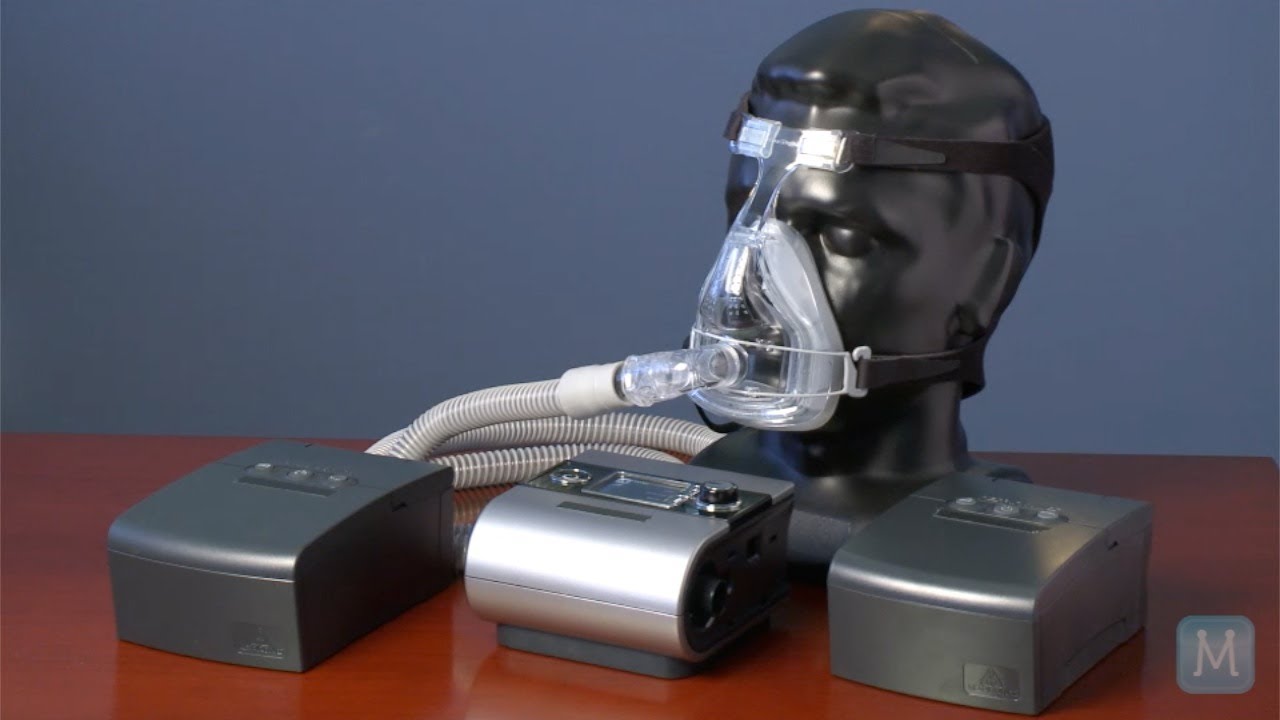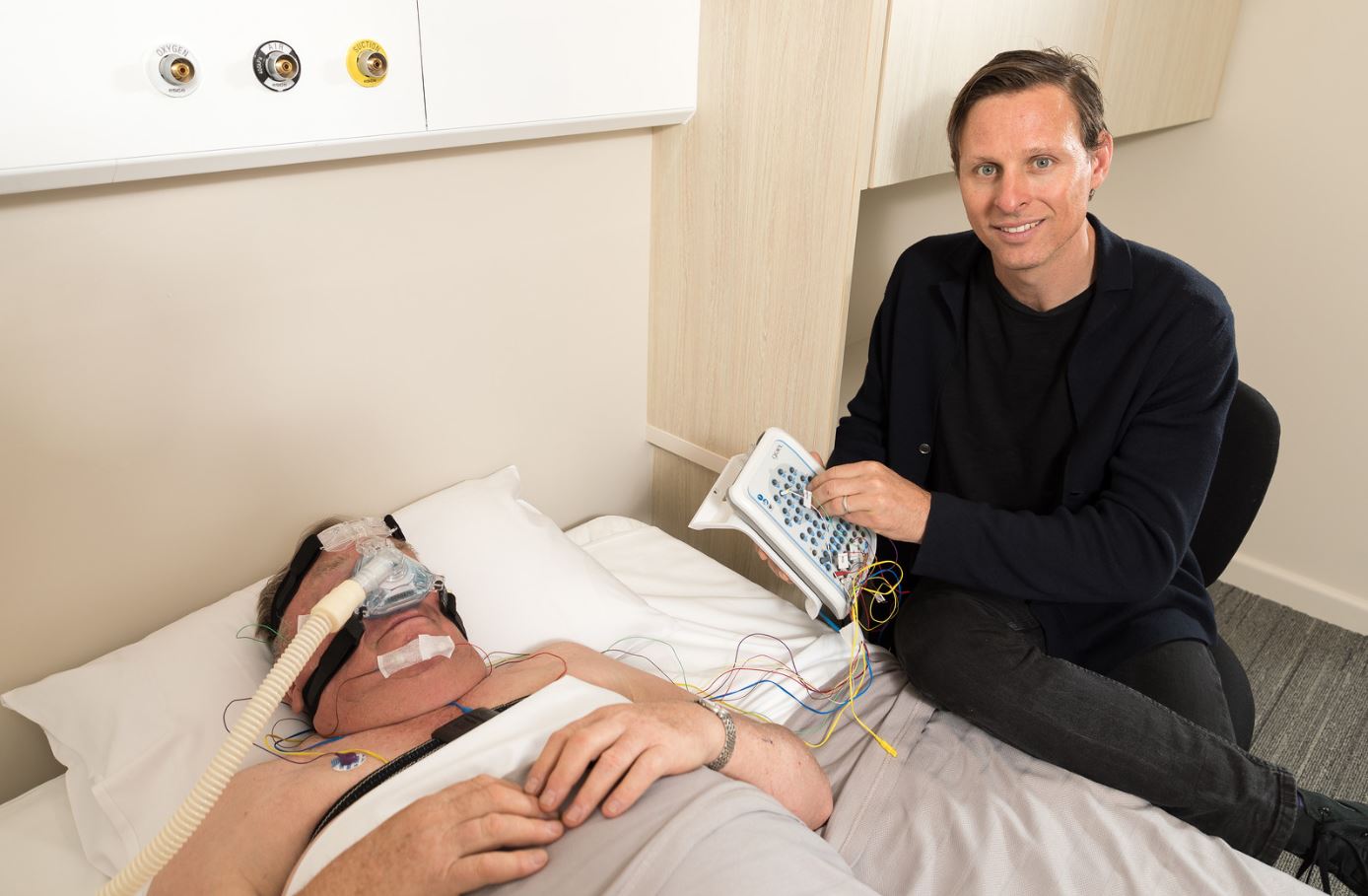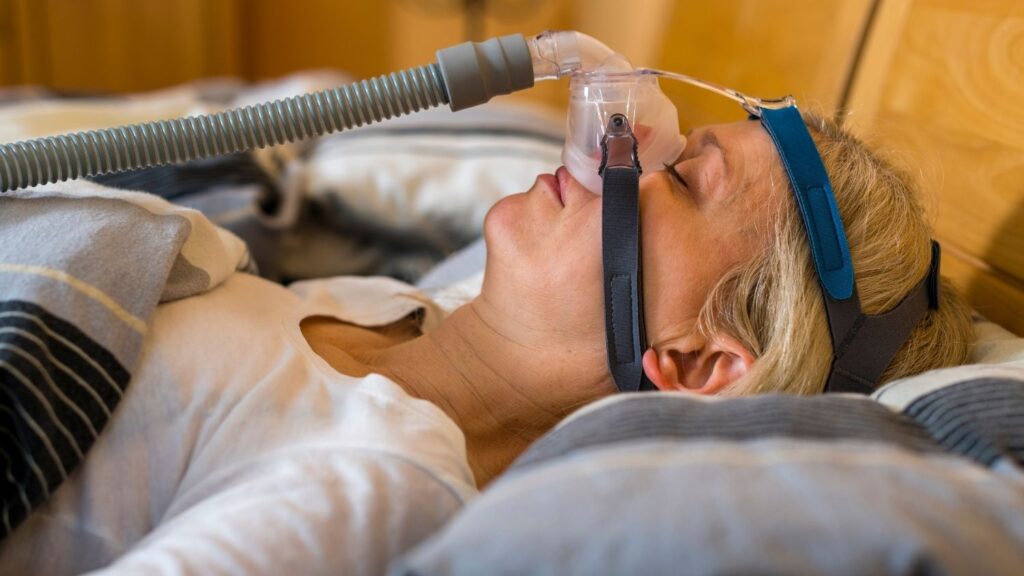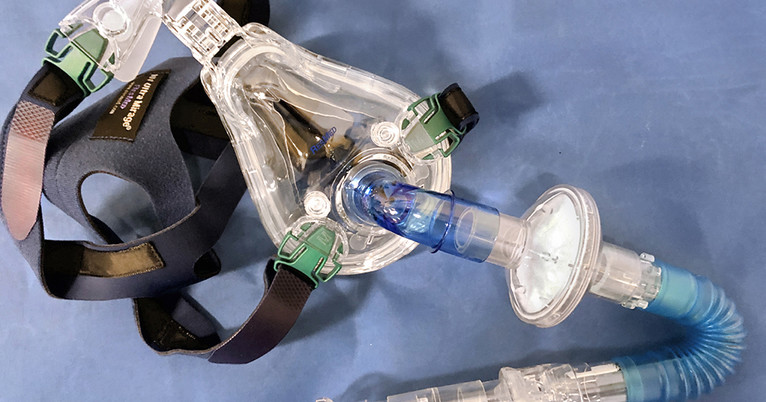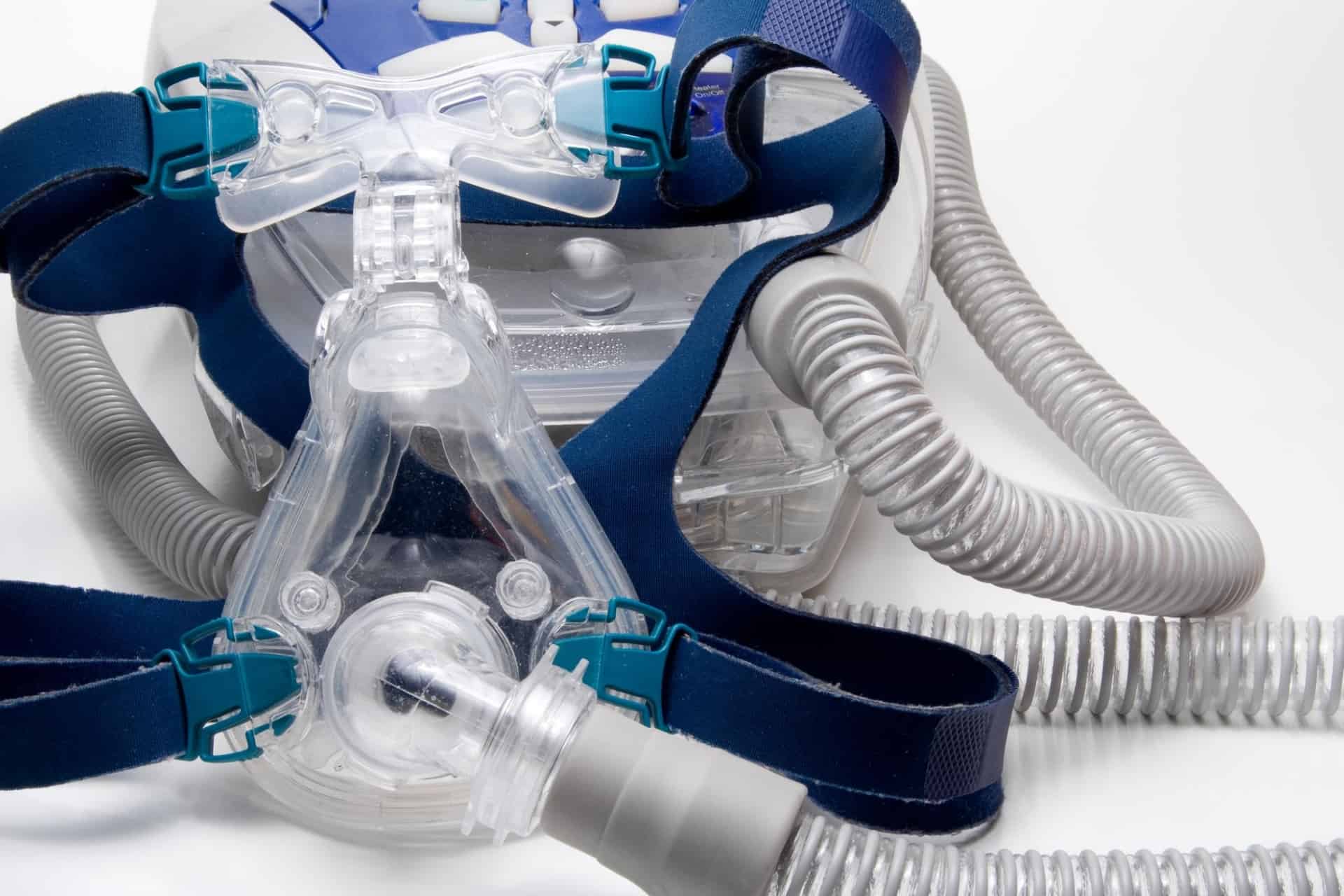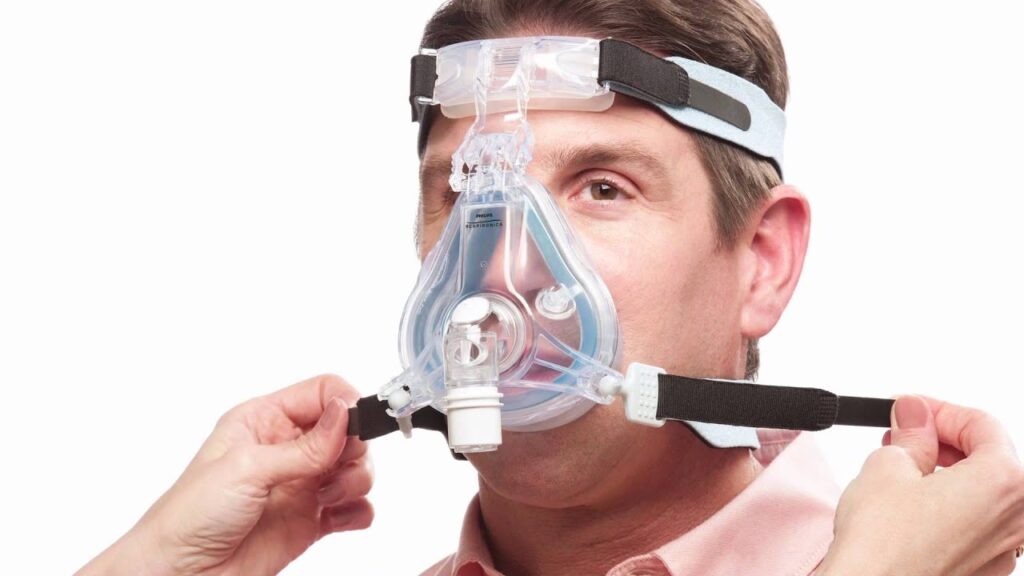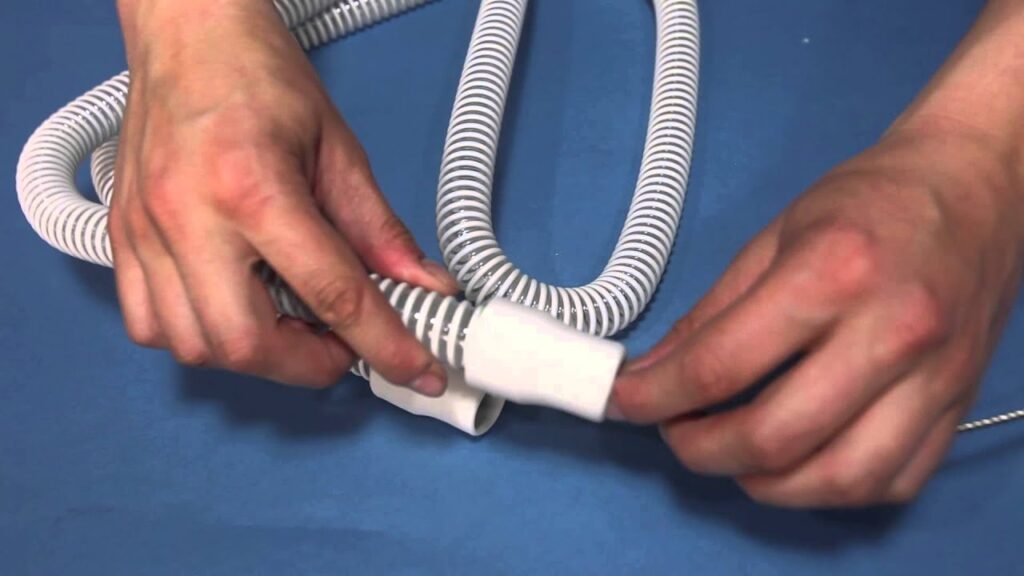CPAP therapy is one of the best treatment options for sleep apnea available right now. With so many people worldwide having trouble sleeping properly because of their sleep apnea condition, we’ve seen a steep rise in the demand for a CPAP machines.
That said, if you’re looking to use CPAP machines at home, you have to make sure you have the right CPAP mask for your face and sleeping position. There are many types of CPAP masks, each with its own set of benefits. You can’t call any of these CPAP masks the best, as everyone has different needs.
So, it’s important that you choose the right CPAP mask prescribed by Air Liquide Healthcare for your needs.
And to make the search easier for you, here’s a quick guide to the different styles of CPAP masks you might find on the market today.
Read on to learn more.
Nasal Masks
Nasal CPAP masks are probably the most common type of mask used in CPAP therapy. These masks are designed to form a tight seal around the nose and are held in place with straps. Since they cover the entire nose, they are very efficient in delivering positive air pressure into your airways. That way, your airways stay open the whole night through, keeping sleep apnea episodes at bay.
If you breathe through your nose at night, this might be the best mask for your CPAP treatment. That said, constant pressure on your nasal bridge and forehead from these CPAP masks may cause some irritation. So, make sure to consider these cons before getting a nasal CPAP mask for yourself.
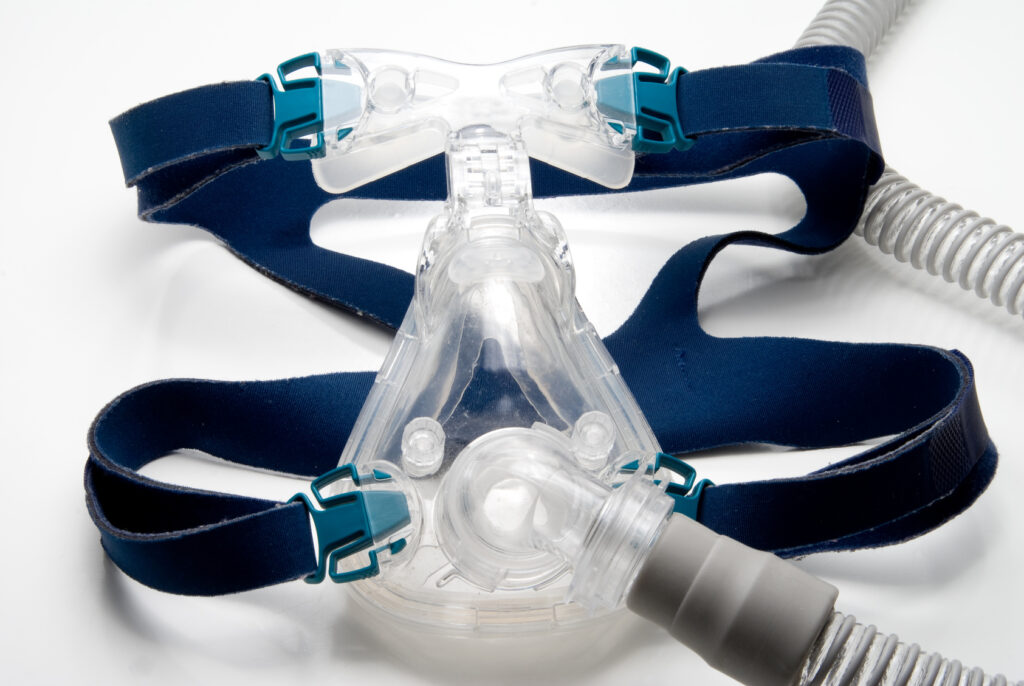
Full Face Masks
If you have severe obstructive sleep apnea, full face masks could be the best choice for you. These CPAP masks, as you might be able to tell, cover the entire face, forming a tight seal over your nose and mouth. The biggest benefit of this is that you can prevent air leakage and set your CPAP machine to higher pressure settings. On top of that, this can also keep your sinuses safe from allergens which can make it even harder to breathe.
This is also a great option for those who breathe through both the nose and mouth when asleep. That said, while full-face CPAP masks are great for treating sleep apnea, they can also be very uncomfortable. And if you don’t have severe sleep apnea, you may not need this type of mask.
Nasal Pillow Masks
If you have moderate or mild sleep apnea, a nasal pillow mask could be the best pick for your needs. This type of CPAP mask is very small and consists of two small pillows that you hold in place with straps. This is great for people who wear glasses, have facial hair, or find the full face sleep apnea mask uncomfortable.
That said, since these CPAP masks only cover the nose, they aren’t great if you’re a mouth breather. On top of that, if you need higher pressure settings, a nasal pillow mask may not be able to provide you with the pressure you need.
Oral Masks
These are the best CPAP masks for mouth breathers. As you might guess, these sleep apnea masks are designed to deliver air pressure through your mouth. That way, you constantly keep your airways open, allowing air to enter your lungs.
This is great for those who want to breathe comfortably through their mouth while treating sleep apnea. If you’re looking for a new mask that doesn’t cover your nose, an oral mask could be for you.
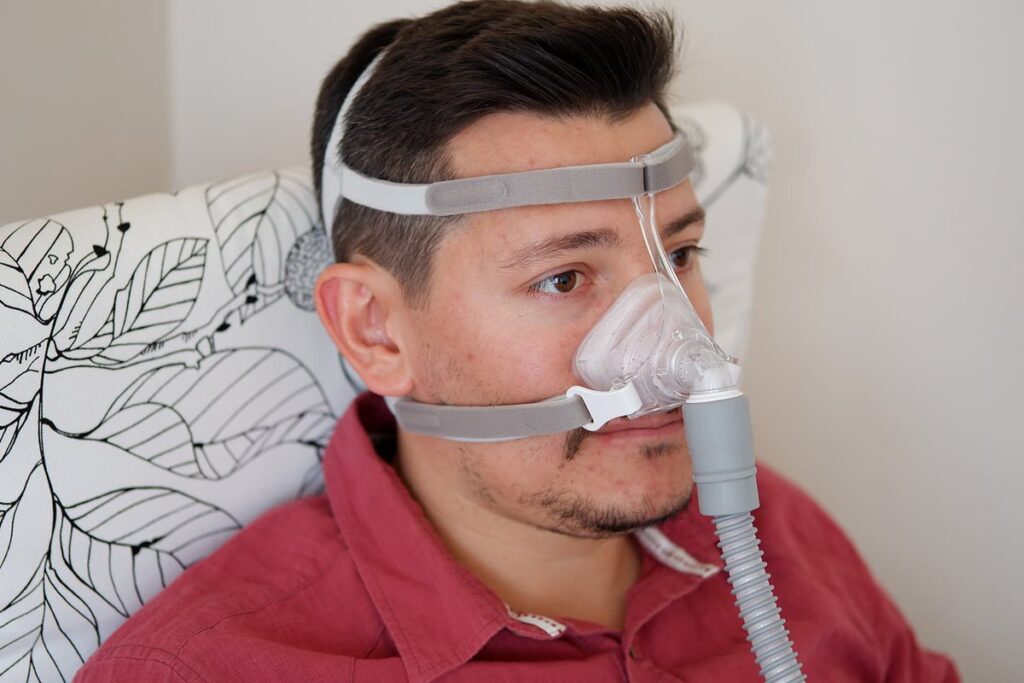
Hybrid Masks
The world of CPAP masks is constantly evolving, which is why you find new mask designs very often. One of the newer types of CPAP masks for sale right now is hybrid masks.
This design is similar to a full face mask, and it delivers air to the nose and mouth. However, unlike a full face mask, it doesn’t form a tight seal over the nose. This makes it more comfortable for some people and could be great for active sleepers looking for minimal contact with their face and CPAP mask.
Why the Type of CPAP Mask Matters
If you want to reap all the benefits of CPAP therapy, you need the right CPAP mask for the job. CPAP only works when the person is wearing the best sleep apnea masks for their breathing style, sleeping position, and other factors.
Remember, the entire goal of a CPAP machine is to provide positive air pressure into your lungs. This keeps the airways open and allows you to breathe easily and have a good night’s sleep. So, you need to make sure you have the best CPAP mask for your sleeping style that also suits your preferences.
You can use a nasal mask, full face mask, or even alternate between different masks according to your needs. The most important thing is that you try out different options until you find the perfect face mask that serves your needs.
If you have a hard time choosing between nasal masks, nasal pillows, or full face masks, you may want to see a specialist. That way, they can assess your condition and recommend the best option for your needs.
How to Choose the Best CPAP Mask for Your Needs
There are many things to consider when buying a CPAP mask. To start, you need to consider your sleeping and breathing style. This is what determines whether you need a nasal mask, nasal pillows, or full face mask.
As much as possible, we recommend trying the mask on before buying it. That way, you can test how comfortable it feels on you, making it easier to decide which one would be easiest to wear the entire night.
And if you find that the mask isn’t helping with your sleep apnea symptoms, that could be a sign that it’s time to switch it up.
Conclusion: CPAP Masks Explained
There are various types of CPAP masks available right now. And if you want to reduce the effects that sleep apnea has on your life, you need to find the right CPAP mask for your needs. So, now that you understand all the different masks on the market, it’s time to figure out the one that fits your preferences the best!
Related: A Guide to Cleaning & Maintaining Your CPAP Machines
